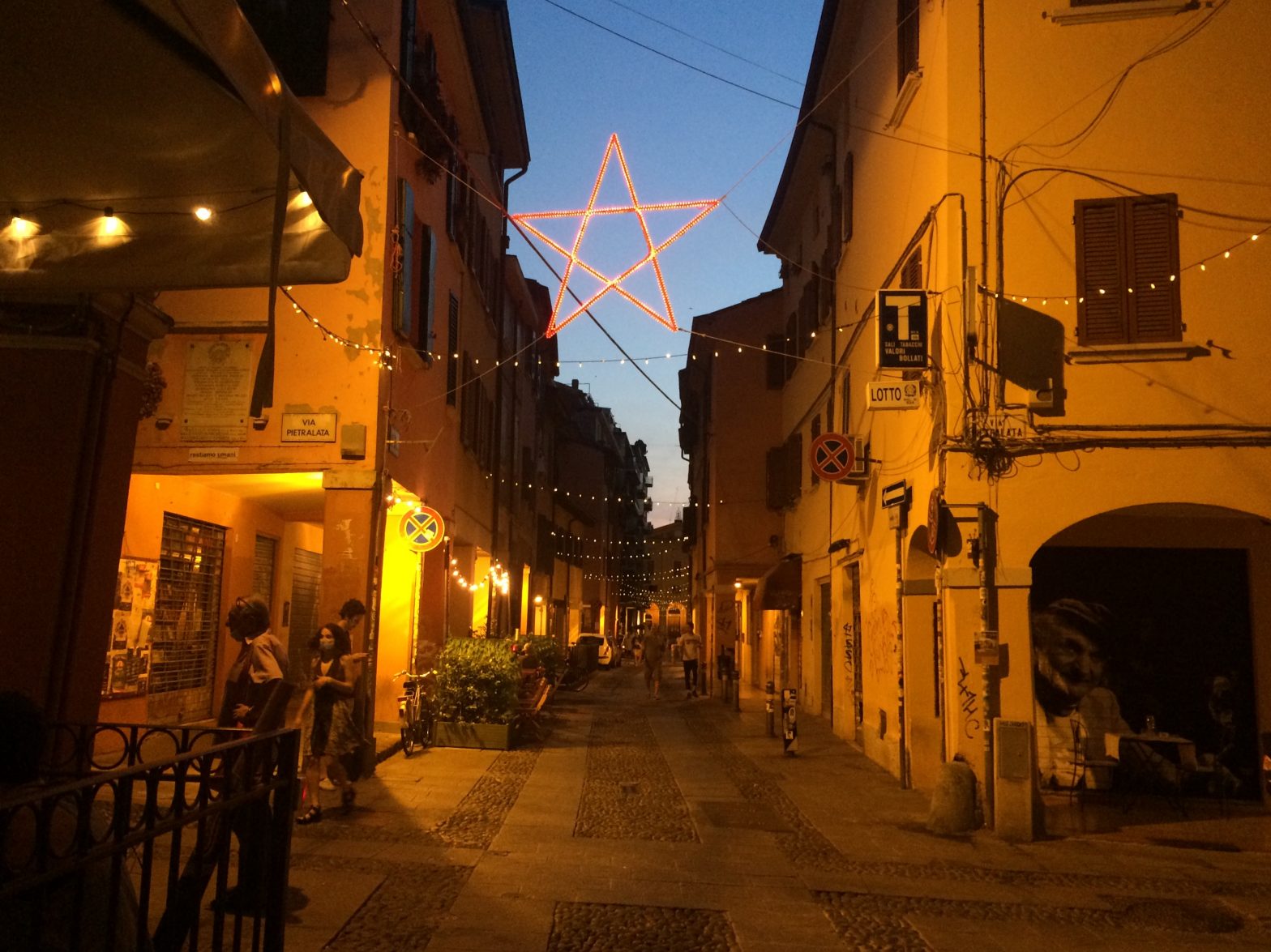Even though I dragged this journaling activity over and over, way beyond its original schedule, I will try to bring together some of the ideas and inspiring thoughts that this whole process gave me. In the first post I uploaded I recalled memories from my childhood that I did not think I would have ever shared in an academic space. The main sensation this elicited was a sense of freedom in exploring a place through the lenses of my own experience without having to justify it through some more authoritative body of literature or author’s name. For the first time I could take inspiration from academic materials and use it to center my own perceptions, embodied experience, views and thoughts of a place that I feel intimately connected to.
Having the possibility of carrying out artful, unorthodox and not overly formalized research on a place I grew up in represented an incredibly powerful and effective way for me to expand and transform my knowledge of the space as well as of myself. It was quite deep and important for me to see connections between the indignant curiosity I had as a kid for the presence of a juvenile prison in Via del Pratello and the still very vivid interest in power relationships and structures of oppression I brought into my exploration of the Pratello neighborhood. I had a chance of further investigating bits of stories and histories I had so far collected from my friends, their parents, comrades and others. Finding out more about the squatted houses of Via del Pratello and their connection with the pirate Radio Alice was of great importance for me in that one of my best friend was born in those houses, being the son of two militants who used to live there. Revealing bits of the history of a place unveiled parts of my own life and relationships.
The focus on Radio Alice and its maodadaist experimentation gave new momentum to a line of inquiry I started when I was in high school and that contributed to forming me as a student and as a person. Looking at it with new eyes but the same desire for irreverence and disruption of social conventions allowed me to take a glimpse of the parts of me that remained pretty much the same notwithstanding the many experiences I went through since my late teenage. Again, unraveling pieces of my city’s history has meant at the same time exposing traits of my identity and personality I do not normally think about or I simply take for granted.
Digging into the neighborhood past and more recent history made me come across sides of this area I was not aware of at all. The encounter with the series of video featuring some of the ‘characters’ of the street, listening to their anecdotes and stories and feeling how emotionally involved they were in telling them, gave a deeper meaning to a sentence that an acquaintance of mine who lives in this neighborhood once said: “Via del Pratello is almost like a microcosm where we all know each other even though we do not personally know each other. There is a sense of familiarity even among strangers and everyday acts of cooperation and friendliness reinforce such weird but beautiful bond”. It is hard these days to find people who are so intimately attached to their own neighborhood and take so much pride in nurturing neighborly relationships.
On a less romantic note, digging into the anecdotes and stories of the area faced me with the ambiguity of some of its residents and raised my skepticism in relation to the transformation the area is undergoing. I found out that one of the old ladies who has a shop of hand-made egg pasta in the street was part of one of the resident’s organizations that took action against the ‘ugly wall tags’ and covered them with monochrome paint. Her shop shutter features a very beautiful painting by the artist AliCé. What would this artist think if she knew? And how will this lady’s pasta taste next time I will go eat at her place?
This project has also forced me to acknowledge the ongoing transformations of the area for what they actually are, beyond my idealization of this area as an island of resistance against profit oriented activities, exclusionary geographies and gentrification. Unfortunately many of the irreverent and libertarian forces that have shaped this neighborhood are being cleaned off of their disruptive potential and included in the official narratives and representations of the space in a much more acceptable and conflict-free way. From graffiti to leftist movements, from libertarian culture to shabby bars, the identity of this neighborhood seems to be turning into a postcard-like picture that the more affluent inhabitants of the city as well as tourists can consume over the space of a week or even just one night.
The awareness I gained from this process, both in its rosy and gloomy forms, contributed to expanding my sense of responsibility and commitment to this place. It opened my eyes to the fact that my friends who experienced this area’s transformations in a similar way to mine are, if not the only, the most reliable source of support and complicity in thinking and practicing forms of resistance against the ongoing degenerating developments we are witnessing. In fact, there would be nothing worse than achieving an uncomfortable awareness and feeling I am alone in this. To this respect, sharing some steps of my work with my friends and triggering discussions and actions through the work I have done gave this whole project a greater meaning that goes way beyond its strictly academic purpose: it gave me a platform to engage with my most intimate places, do it with my closest friends, reflect on my own relationship to them and to the space we inhabit and, perhaps, generate new forms of interaction between us and our beloved Pratello neighborhood.
Shame, I ended up being cheesy.
